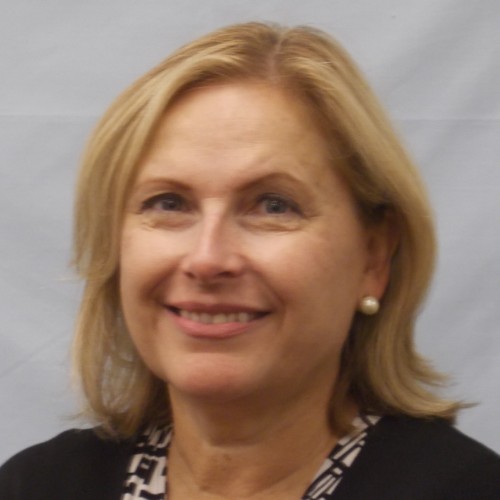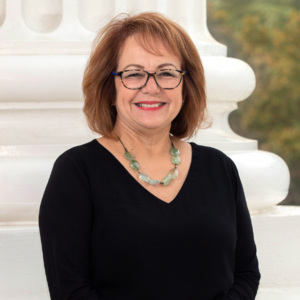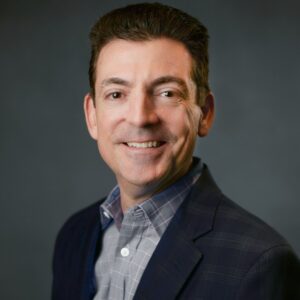One-on-one with Craig T. Fukushima, NHA, Partner, The Fox Group
Craig Fukushima has worked in the long-term care field for more than 30 years, starting with Summit Health as a facility administrator and later as operations vice president. He has been partner since 2001 at The Fox Group, a consulting practice that serves a wide range of providers—from acute care and skilled nursing to assisted living, home health and physical therapy. He also hosts a Twitter discussion (second Tuesday of the month at noon EST) on issues related to Alzheimer’s disease at #talkalz. Here he talks with Patricia Sheehan, Editor-in-Chief.
What issues are top of mind for your clients?
Fukushima: Providers are struggling with ways to offset reimbursement cuts, looking at staffing, benefit packages and ways to become more efficient and effective against a backdrop of increasing acuity, the beginning of ACOs [Accountable Care Organizations] and the focus on hospital readmission rates. Meanwhile, there has been a tremendous interest lately among non-healthcare people looking to ride the silver tsunami wave. Assisted living (AL) and standalone memory care units are the two main areas of interest. These are people who typically have been sitting on a property or thinking about developing retail or residential, but with the economic downturn that became a nonsustainable approach.
What other factors are driving development?
Fukushima: What’s driving development has to do with both the negative reimbursement environment we’re in and the aging demographics coming down the line—not just in the United States but other countries are dealing with it, too. I think you’ll see regional operators be fairly strong in the market but we’re still not seeing a lot of movement now because capital is not readily available. I believe there will be consolidation opportunities for smaller chains.
With 10,000 people a day turning 65 for the next 19 years, there’s the perception of a [market inventory] void with regards to AL and memory care. And, with one out of eight over age 65 estimated to have Alzheimer’s and 43 percent of those over age 85 projected to develop Alzheimer’s, there’s a tremendous interest in memory care units.
In the ‘80s, we developed Alzheimer’s units within SNFs. At the time it was a medical model; there was a provision in the design for dealing with issues like sundowning. Now there’s a push to the social programming model—being cared for in a lesser acuity setting like AL, with more programming advances like music and art therapy.
There’s also interest here because these models are less dependent on government reimbursement, with more self-pay patients.
How does capital availability look for the near future?
Fukushima: Conventional commercial financing models are lukewarm now for healthcare. There’s money out there but lenders are cautious because of the reimbursement climate. Lenders see funding issues relating to, for example, the 11.1 percent rate cut to providers. The dominating force is the HUD 232 program. It’s very popular, offering a tremendous opportunity to refinance with attractive features, amortization, good rates and non-recourse.
Also, we’re seeing providers looking overseas for financing. As the economy and the housing market recovers, we’re going to see more money flow into the industry and rightfully so, because of the aging model.
What else are providers concerned about:
Fukushima: Long-term care is in the spotlight for the OIG’s [Office of the Inspector General] 2012 work plan. The feds realize almost $17 in fines and recovery for every dollar they invest. They will continue to step up enforcement activity for fraud and abuse. Clients are concerned with their compliance programs and activities to prevent problems.
What advice do you offer to young professionals considering this industry?
Fukushima: As in any industry, you need young blood and youthful energy with new perspectives. To someone interested in this industry I would advise they find a mentor, someone that has experience in the industry to guide you. I had a mentor that I’m so grateful guided me. Also, young people should get to know the business from the ground up, taking time to work in various departments including resident assistance, foodservice, laundry and housekeeping. I spent a summer as an orderly as they were called back in the ’70s and when I became an administrator I used to tell CNAs that I understand what you do and where you hide the linen! At the end of the day, the people on the frontlines are the backbone of our industry, providing the direct care. To the extent that you can relate and understand their experience makes you a better administrator.
Where do you see the LTC industry five years from now?
Fukushima: As an industry, we need to be prepared for higher acuity at all levels. The effect of ACOs and bundled payment and the focus of CMS on hospital readmissions underscores the importance for LTC executives to have relationships with hospitals and hospital systems and physician groups. They will be on the hook for the care of these patients but can LTC providers handle that acuity? Those who can handle it will be the beneficiaries of that approach going forward.
As for CCRCs, the model will be a bit different. We used to try and push people through to the next level of care when they needed it. If a person in assisted living became incontinent they were moved to a SNF, for example. We thought people were okay with that but people don’t want to move so the challenge is, through design and programming, to help them age in place. We also see more government regulation of AL as the acuities rise in the AL space.
Looking forward, I see a greater use of technology including EMRs [electronic medical records] to make us more efficient with our staffing and more effective in the way we provide care. Technology is difficult for healthcare to embrace because it’s new and we don’t necessarily like to take risks and there’s the difficult reimbursement environment—who pays for that technology?
With more boomers involved in social media this will be an important factor in how providers monitor their brands and handle their marketing. We’re also looking at a boomer generation that is much more informed that past generations—a generation that is increasingly comfortable with using the Internet and social media, to get their healthcare information—not simply relying on providers. It is not a passive generation.

Patricia Sheehan was Editor in Chief of I Advance Senior Care / Long Term Living from 2010-2013. She is now manager, communications at Nestlé USA.
Related Articles
Topics: Articles , Finance











